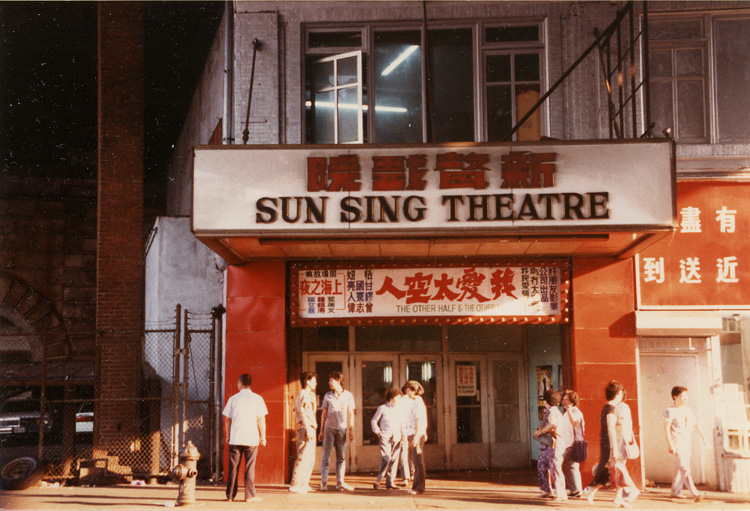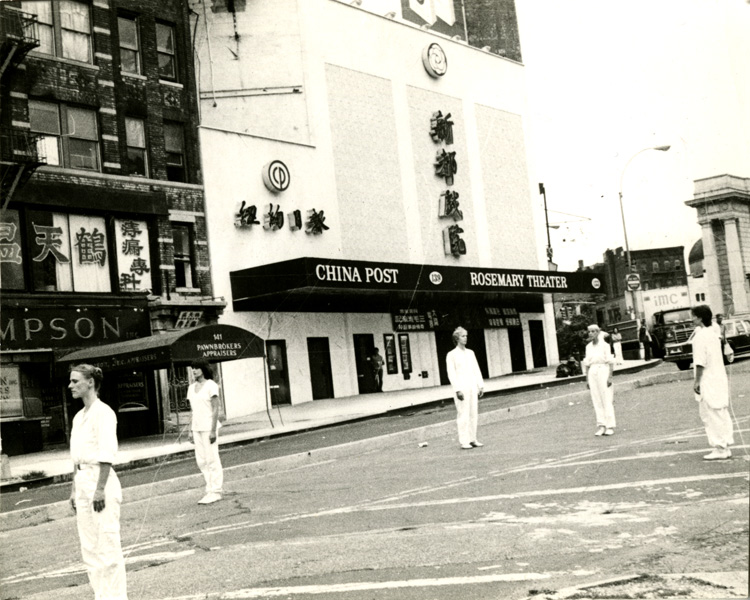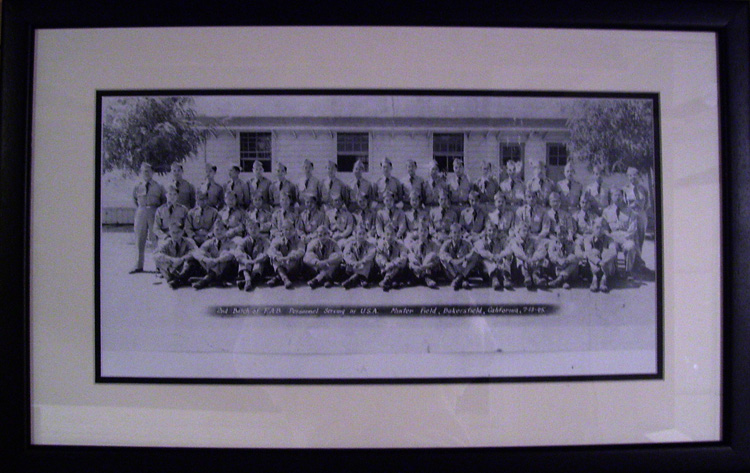The Sun Sing Theatre was a movie theater located at 75-85 East Broadway directly under the Manhattan Bridge in New York’s Chinatown. Along with a select few Chinese language theaters, the Sun Sing Theatre offered the rare opportunity for Chinese immigrants to safely socialize, connect back to home, learn about the previous generation’s culture, or participate in the movie-going craze in their native language.
The theater first opened in 1911 as the Florence Theater, which was home to Yiddish vaudeville and motion pictures. As the neighborhood demographic changed, the theater’s content evolved. In 1942, it was renamed the New Canton and began featuring Chinese opera performance. A professional Hong Kong opera troupe that was stranded in New York during World War II helped keep the theater alive over ten years with nightly performances. In 1950, it transitioned into showing motion pictures exclusively and was renamed for the last time to Sun Sing Theater.
In 1960, the city planned to add an upper deck to the Manhattan Bridge and scheduled the theater for demolition. But engineers were able to save the historic theater, reducing the seating from about 900 down to a little less than 700 to make space for bridge supports. The theater brought back stage performances in 1972 in an attempt to compete with other growing entertainment markets like karaoke, gambling, Chinese-language programs on cable television, and eventually video rentals. Sun Sing Theatre closed in 1993, along with many of its kin.
MOCA salvaged a number of artifacts from the theater, including tickets, signage, stamps, uniforms, and a board of handwritten title cards used to track film shipments to various theaters.


